The hardening of arteries. Hardening of the Arteries: Atherosclerosis – Causes, Symptoms, Prevention, and Treatment
What causes the hardening of arteries known as atherosclerosis? How can it lead to cardiovascular diseases like heart attack and stroke? What are the symptoms, and how can it be prevented and treated? Discover the answers to these questions and more.
Understanding Atherosclerosis: The Hardening of Arteries
Atherosclerosis is a medical condition characterized by the hardening and narrowing of arteries. The arteries, which are responsible for carrying oxygen-rich blood away from the heart and delivering it to the body’s tissues, can develop a buildup of cholesterol-rich plaques on their inner lining, called the endothelium. This plaque formation leads to the hardening and stiffening of the arteries, a process known as atherosclerosis.
Causes of Atherosclerosis: Risk Factors and Underlying Factors
The primary causes of atherosclerosis are damage or dysfunction of the endothelial lining of the arteries. This can be caused by a variety of factors, including:
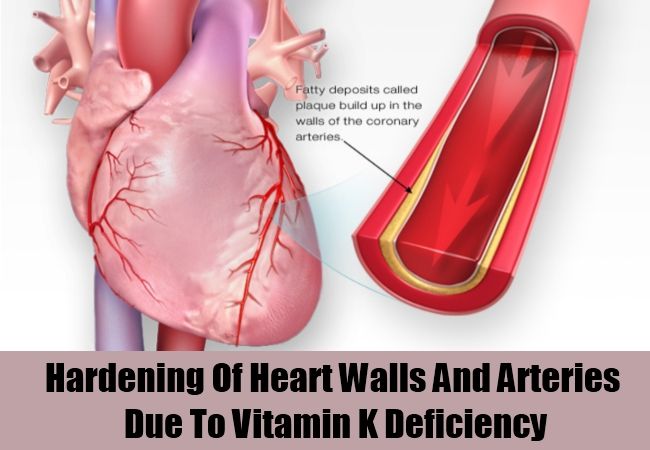
- High blood pressure: Sustained high blood pressure can damage the endothelium, leading to plaque formation.
- High cholesterol levels: Excessive amounts of cholesterol in the bloodstream can contribute to the buildup of plaque in the arteries.
- Smoking: Cigarette smoke contains harmful chemicals that can inflame and damage the endothelium.
- Diabetes: High blood sugar levels can accelerate the development of atherosclerosis.
- Obesity: Being overweight or obese increases the risk of developing atherosclerosis.
- Lack of exercise: Sedentary lifestyle and physical inactivity contribute to the development of atherosclerosis.
- Genetics: Some people may have a genetic predisposition to developing atherosclerosis, but this is not a guarantee of the condition.
Symptoms of Atherosclerosis: When Does It Become Noticeable?
Atherosclerosis often does not present any obvious symptoms until the condition has progressed significantly. Many individuals may not experience any noticeable signs until they are middle-aged or older. However, some potential symptoms of advanced atherosclerosis include:

- Chest pain or discomfort (angina) during physical activity or exertion, due to reduced blood flow to the heart
- Leg pain or cramping during walking or exercise, a condition known as peripheral artery disease (PAD)
- Transient ischemic attacks (TIAs) or mini-strokes, which can be warning signs of a potential full-blown stroke
- Sudden rupture of plaque, leading to the formation of a blood clot and potential heart attack or stroke
Preventing and Treating Atherosclerosis
Fortunately, there are several steps individuals can take to prevent or manage atherosclerosis:
- Lifestyle modifications: Quitting smoking, maintaining a healthy diet, regular exercise, and managing conditions like high blood pressure and diabetes can significantly reduce the risk of developing atherosclerosis.
- Medication: Cholesterol-lowering drugs, such as statins, can help slow the progression of atherosclerosis and reduce the risk of associated cardiovascular events.
- Medical interventions: In more advanced cases, procedures like angioplasty, stent placement, or atherectomy may be necessary to improve blood flow and treat the effects of atherosclerosis.
Is Atherosclerosis Hereditary?
While genetics can play a role in the development of atherosclerosis, it does not necessarily doom an individual to developing the condition. Even with a family history of atherosclerosis or related cardiovascular diseases, individuals can take proactive steps to prevent or manage the condition through lifestyle changes and medical treatment.

Atherosclerosis and Cardiovascular Diseases
Atherosclerosis is a major contributor to the development of several cardiovascular diseases, including:
- Coronary artery disease: Plaque buildup in the arteries supplying the heart can lead to chest pain, heart attack, and other complications.
- Cerebrovascular disease: Atherosclerosis in the arteries supplying the brain can result in strokes and transient ischemic attacks.
- Peripheral artery disease: Narrowing of the arteries in the legs can cause pain and difficulty walking.
Seeking Professional Medical Advice
If you have concerns about your cardiovascular health or suspect you may be experiencing symptoms of atherosclerosis, it is important to consult with a qualified medical professional, such as a vascular specialist or cardiologist. They can perform diagnostic tests, assess your risk factors, and develop a personalized treatment plan to address your specific needs.
Hardening of the Arteries: Atherosclerosis
Your arteries are blood vessels that carry oxygen-rich blood away from the heart and deliver it to your bodily tissues. The lining of your arteries, called the endothelium, can accumulate a buildup of cholesterol that develops into hardened plaques, resulting in a condition known as atherosclerosis. This medical condition causes a narrowing of these arteries that can slow down the flow of blood from the heart, leading to cardiovascular disease.
What Causes Atherosclerosis?
When the endothelium lining of the arteries becomes damaged with plaque formation, atherosclerosis develops. The damage can be caused by high blood pressure, cigarette smoking, or having high cholesterol levels. The formation of hardened plaques create a blockage over time, slowing blood flow that puts your heart at risk, in addition to other possible health problems, such as stroke.
Symptoms of Atherosclerosis
You may not note any symptoms of this disease until you are middle-aged or older. An undiagnosed blockage may break apart suddenly and create a blood clot inside an artery. These sudden ruptures can eventually cause a stroke or a heart attack to occur.
An undiagnosed blockage may break apart suddenly and create a blood clot inside an artery. These sudden ruptures can eventually cause a stroke or a heart attack to occur.
If some plaque stays in the artery wall, it may never block your blood flow, and symptoms will not appear. In other cases, as the blood flow becomes more and more blocked off, you may experience pain. The plaque might grow very slowly, eventually causing blockages, causing pain in the chest or legs upon exertion.
Atherosclerosis plaques can cause three major types of cardiovascular disease:
- Coronary artery disease that can cause chest pain or sudden plaque rupture
- Cerebrovascular disease that can cause strokes in the brain’s arteries or transient ischemic attacks, warning signs of stroke
- Peripheral artery disease which is a narrowing of the arteries in the legs, making it difficult to walk
Prevention
Luckily, there are treatments and lifestyle changes Atlanta patients can make to avoid or recover from atherosclerosis. Eliminating or greatly reducing the risk factors for atherosclerosis can help prevent resulting heart attacks from the disease. This means:
Eliminating or greatly reducing the risk factors for atherosclerosis can help prevent resulting heart attacks from the disease. This means:
- Not smoking
- Having low cholesterol levels
- Normal blood pressure readings
- Not becoming obese
- Reducing stress
- Exercising regularly
Treatment
Atherosclerosis can be diagnosed through a number of diagnostic tests, including bloodworm, an EKG, chest X-ray, and other studies. If you are diagnosed with atherosclerosis, Dr. Amish Tilara, M.D. at Atlanta Vascular and Vein Center can advise you as to the medications and lifestyle changes that can help, such as drugs for high cholesterol or high blood pressure and eating a healthy diet, exercising, and giving up smoking.
Your Atlanta vascular specialist, however, may need to treat atherosclerosis perform a corrective and minimally invasive endovascular treatment such as an angioplasty, stent placement, or atherectomy to correct your blood flow.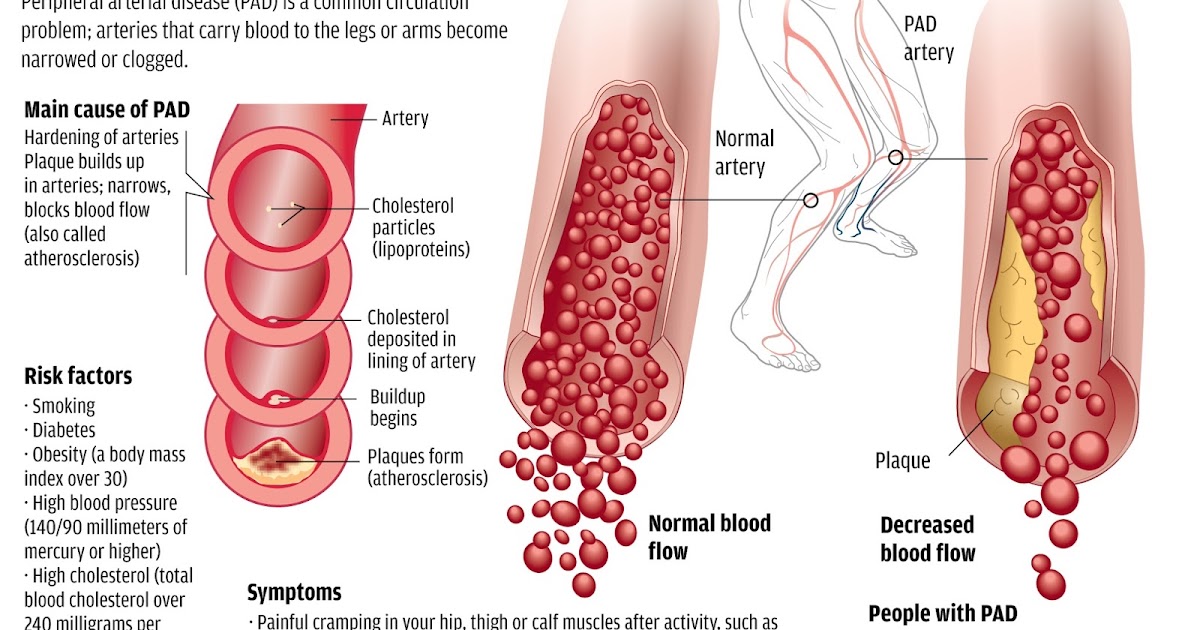
Dr. Amish Tilara, M.D. is located in Lawrenceville, GA, at the Atlanta Vascular and Vein Center. His office also serves the surrounding Atlanta areas such as Duluth, Dacula, Buford, Grayson, Lilburn, Norcross, Snellville, and Suwanee.
This article is not meant to take the place of professional medical advice. Be sure to make an appointment with Dr. Amish Tilara, M.D. or a vascular physician in your area if you have a concern.
© Atlanta Vascular and Vein Center. All rights reserved.
Hardening of the Arteries a Family Trait? Know the Atherosclerosis Causes
Long ago, I used to take walks with my grandfather. He had to stop and sit down every few minutes. He had severe pain in his legs. I remember thinking, “Am I doomed to end up like him?”
Turns out, no.
My grandfather had atherosclerosis. We also call it hardening of the arteries.
Atherosclerosis is the culprit behind all of the major cardiovascular diseases. Atherosclerosis causes:
- Heart attack
- Stroke
- What my grandpa had (peripheral artery disease or PAD)
But there’s good news. Most atherosclerosis causes are preventable.
Most atherosclerosis causes are preventable.
Atherosclerosis Cause: Genetics Don’t Doom You To Get It
Many patients who have atherosclerosis will talk to UVA Health heart disease expert Michael Ragosta, MD, about their family history of atherosclerosis.
“But a family history doesn’t doom you to having coronary (heart) disease or atherosclerosis. You can prevent, or reduce your likelihood, of developing atherosclerosis,” Ragosta says.
He adds, “The best ways are to take care of yourself and control and treat the risk factors.”
Ragosta serves as director of both interventional cardiology and the Cardiac Catheterization Laboratory at UVA Health. His job is to unclog heart arteries that cause chest pain or heart attack.
So what are the atherosclerosis causes? And how do we treat it? Ragosta shares his insights.
What Is Atherosclerosis?
Atherosclerosis causes plaque to stick to your artery walls, clogging them. Plaque is gunk made up of cholesterol, calcium deposits, and other waste products. Arteries are the blood vessels that bring blood to your brain, heart, and legs.
Arteries are the blood vessels that bring blood to your brain, heart, and legs.
Ragosta explains: “Many people think of atherosclerosis as a rusty pipe with something dangling inside the artery. But it’s a disease process inside the wall of the artery. As it gets worse, it then narrows the artery, and limits blood flow.”
What Are the Main Atherosclerosis Causes?
Smoking is a big atherosclerosis cause. A World War II veteran, my grandfather took up smoking while serving as a B-29 gunner in the Pacific. He stopped decades later when my grandmother got ovarian cancer.
But the damage to his arteries was already done.
Ragosta explains why smoking is one of the major atherosclerosis causes.
“Smoking injures the blood vessel lining. It speeds up the development of hardening of the arteries. Plus, patients who smoke tend to develop blockages in their heart arteries, in their leg arteries, and the arteries going to their brain. So they’re more likely to have a stroke, heart attack, and to have a limited blood supply to their legs. ”
”
Other atherosclerosis causes include:
- Diabetes
- High blood pressure
- High cholesterol
How Can I Prevent Atherosclerosis?
Most importantly, quit smoking. The next thing is to enjoy a diet full of vegetables and fruits. A diet full of fried fast food is one of the major atherosclerosis causes.
“A plant-based diet can greatly reduce your risk of atherosclerosis,” Ragosta says. “It’s also important to cut back on the amount of saturated fats and animal products that you eat.”
You’ll also want to work with your doctor to control diabetes and high blood pressure.
“Treating high blood pressure and diabetes often requires medication,” Ragosta says. “Statin drugs are one of the mainstay medical treatments for atherosclerosis. Aspirin is also important. It helps prevent clots.”
He adds, “Exercising is another great way to reduce your risk of atherosclerosis.”
Signs of Atherosclerosis
About half of Americans between 45-84 have atherosclerosis.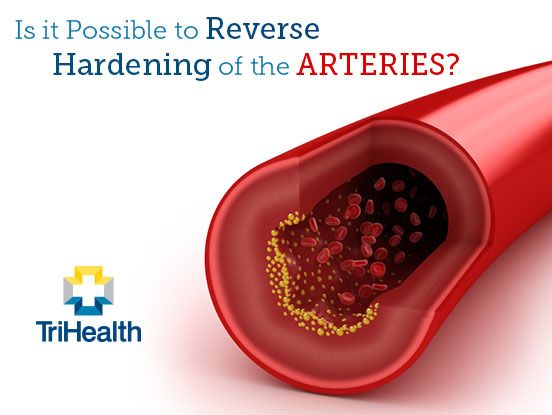 But they don’t know it. They often only find out when atherosclerosis causes stroke, heart attack, or PAD symptoms. These include:
But they don’t know it. They often only find out when atherosclerosis causes stroke, heart attack, or PAD symptoms. These include:
- Chest pain & pressure
- Sudden weakness, vision, or speech problems
- Leg pain when walking
Don’t ignore these symptoms. Get medical care.
Worried About Atherosclerosis Causes?
Talk to a doctor about atherosclerosis prevention & treatments.
See a UVA Health expert.
Atherosclerosis Treatment Expertise
At UVA Health, you’ll get the expertise needed to find and treat severe atherosclerosis.
“The advantage of coming to UVA Health is we take a team approach. Many different specialists collaborate to diagnose, manage, and treat atherosclerosis. This condition can affect different areas of the body. So you need input from many specialties,” Ragosta says.
“We have the latest tools and equipment to diagnose atherosclerosis. And we offer cutting-edge treatments with minimally invasive procedures as well as bypass surgery.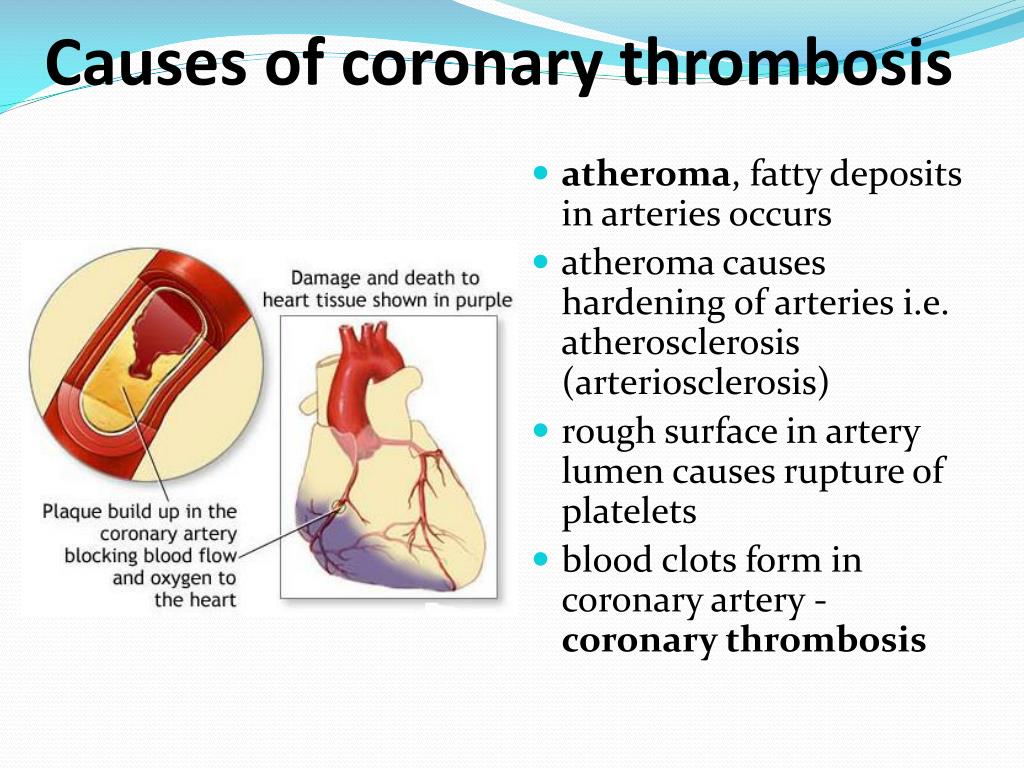 ”
”
treatment, symptoms, causes, prevention · Diseases of the arteries · Vascular Center. T. Toppera
Atherosclerosis of the carotid arteries , which is the cause of stroke, is now well treatable. Timely detection and treatment of atherosclerosis of the carotid arteries can prevent the progression of the disease and ensure the prevention of a life-threatening complication – stroke.
Ischemic stroke and transient ischemic attack
As atherosclerosis progresses, there is an increase in atherosclerotic plaque on the inner wall of the carotid artery. Accordingly, the risk of stroke increases. The progression of atherosclerotic lesions (stenosis) of the carotid arteries leads to the development of chronic cerebral ischemia. When part of an atherosclerotic plaque is torn off, its particle (embolus), with blood flow through the carotid arteries, enters the brain, blocking the flow of blood to a certain area of the brain (embolism), as a result of which a cerebral infarction develops.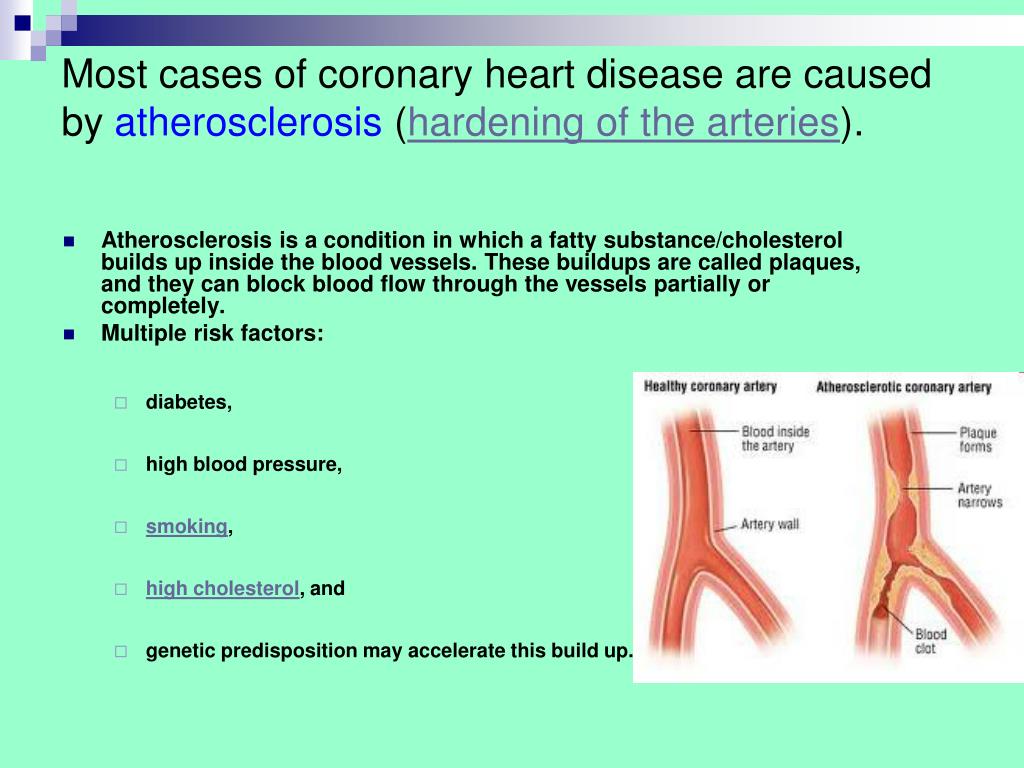
Depending on the size of the particle, and where the embolus ultimately ends up, the embolism may show no signs at all or cause a transient cerebrovascular accident (transient ischemic attack) or stroke.
If the function of the damaged area of the brain is fully restored within 24 hours, the episode is called a transient cerebrovascular accident or transient ischemic attack (minor stroke). If signs of brain damage do not go away after 24 hours, the condition is called a stroke.
Symptoms of ischemic stroke precursors
Stroke precursors are symptoms characteristic of chronic cerebral ischemia:
- Headache.
- Dizziness.
- Sleep disturbance.
- Increased fatigue during physical and mental stress.
- Difficulty concentrating and forgetfulness.
- Noise in the ears or heaviness in the head.
It should be noted that in the absence of adequate treatment, cerebral ischemia progresses and leads to acute cerebrovascular accident (stroke) or contributes to the development of vascular dementia (dementia). Since both atherosclerosis of the cerebral vessels and atherosclerosis of the neck vessels can lead to the above manifestations, the only way to find out the cause is to prescribe the correct treatment for atherosclerosis. This means to ensure reliable prevention of stroke, is to conduct a modern survey.
Since both atherosclerosis of the cerebral vessels and atherosclerosis of the neck vessels can lead to the above manifestations, the only way to find out the cause is to prescribe the correct treatment for atherosclerosis. This means to ensure reliable prevention of stroke, is to conduct a modern survey.
Signs and symptoms of stroke and transient ischemic attacks
- Speech disorders (difficulty).
- Numbness, weakness, paralysis on one side of the body or face.
- Loss of vision in one eye.
- Problems with balance or coordination.
As noted above, if these changes completely regress within a day, the patient is diagnosed with TIA, if more than 24 hours – ischemic stroke.
There is also the concept of “microstroke”, which is not a medical term, but is used to describe a stroke that led to a heart attack in a small area of the brain and, as a result, manifested by “erased” symptoms with quick rehabilitation. However, microstroke can be regarded as a harbinger of ischemic stroke. Approximately half of patients develop a “big” stroke over the next year.
However, microstroke can be regarded as a harbinger of ischemic stroke. Approximately half of patients develop a “big” stroke over the next year.
Detection of atherosclerosis of cerebral and carotid arteries
Some of the following studies make it possible to detect carotid artery disease before the development of a stroke, which allows timely prevention of this formidable condition.
At the level of examination, a “Carotid murmur” can be detected – this is an abnormal sound (systolic murmur) heard with a stethoscope on the neck in the projection of the carotid arteries due to narrowing of the carotid artery, or a difference in pulse between the two sides of the neck. He talks about the high probability of damage to the carotid artery.
- Computed tomography or MRI of the brain.
- Computed tomography in angio mode.
- Magnetic resonance imaging in angio mode.
- Radiopaque angiography.
- Ultrasound duplex scanning of the carotid arteries.

Treatment of atherosclerosis of the cerebral vessels and carotid arteries
If severe, but not manifested, atherosclerosis of the carotid arteries is detected, treatment becomes necessary. Treatment is aimed at preventing the progression of atherosclerosis and preventing stroke. The main directions of therapy in patients with atherosclerosis of cerebral vessels and main vessels of the neck are:
- correction of dysfunction of the endocrine system organs (primarily diabetes mellitus),
- normalization of blood cholesterol levels (achieved by dieting and taking statin medications),
- normalization of blood pressure levels,
- smoking cessation.
Drugs must be prescribed to reduce the likelihood of a blood clot (thrombus) formation. Most often prescribed drugs such as aspirin (thromboASS, cardiomagnyl), or Plavix.
Surgical prevention of ischemic stroke
In case of significant narrowing of the carotid artery by an atherosclerotic plaque, carotid endarterectomy is usually used.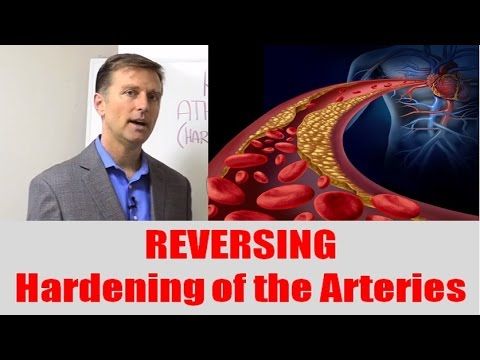 A surgical operation that includes opening the lumen of the affected carotid artery and removing an atherosclerotic plaque from it. This procedure is well established and provides a long-term positive result in the form of prevention of ischemic stroke for many years. Carries minimal risk in most patients. The stay in the clinic is usually 24-48 hours.
A surgical operation that includes opening the lumen of the affected carotid artery and removing an atherosclerotic plaque from it. This procedure is well established and provides a long-term positive result in the form of prevention of ischemic stroke for many years. Carries minimal risk in most patients. The stay in the clinic is usually 24-48 hours.
Most patients experience mild discomfort and are able to return to normal activities after treatment after a short recovery period (7-14 days).
An intravascular (endovascular) technique is used as an alternative to surgical treatment. Balloon angioplasty with stenting. Currently, international studies are evaluating the effectiveness of this technique for the treatment of carotid artery atherosclerosis. This procedure is performed along with angiography under local anesthesia through a puncture in the groin.
The essence of the procedure is the intravascular supply of a special catheter with a balloon to the site of narrowing of the carotid artery. When the balloon is inflated, the narrowed area is expanded in the lumen of the carotid artery. To consolidate the effect, stenting of the dilated carotid artery is performed by installing an internal stent (framework) of the vessel. The recovery period after angioplasty with stenting is also very short.
When the balloon is inflated, the narrowed area is expanded in the lumen of the carotid artery. To consolidate the effect, stenting of the dilated carotid artery is performed by installing an internal stent (framework) of the vessel. The recovery period after angioplasty with stenting is also very short.
Carotid atherosclerosis – signs, symptoms and treatment: carotid surgery
The article was prepared by cardiologist Ksenia Nshanovna Borel
Atherosclerosis is a systemic, generalized lesion of the arteries of any localization due to a violation of lipid metabolism.
From the definition of this pathological process, it becomes clear that atherosclerosis is characterized by multifocality and ubiquity. In addition, this disease is chronic, prone to progression. Only arterial vessels are exposed to atherosclerotic damage, regardless of their location and diameter. This feature is due to the nature of the structure of the vascular wall of the arteries.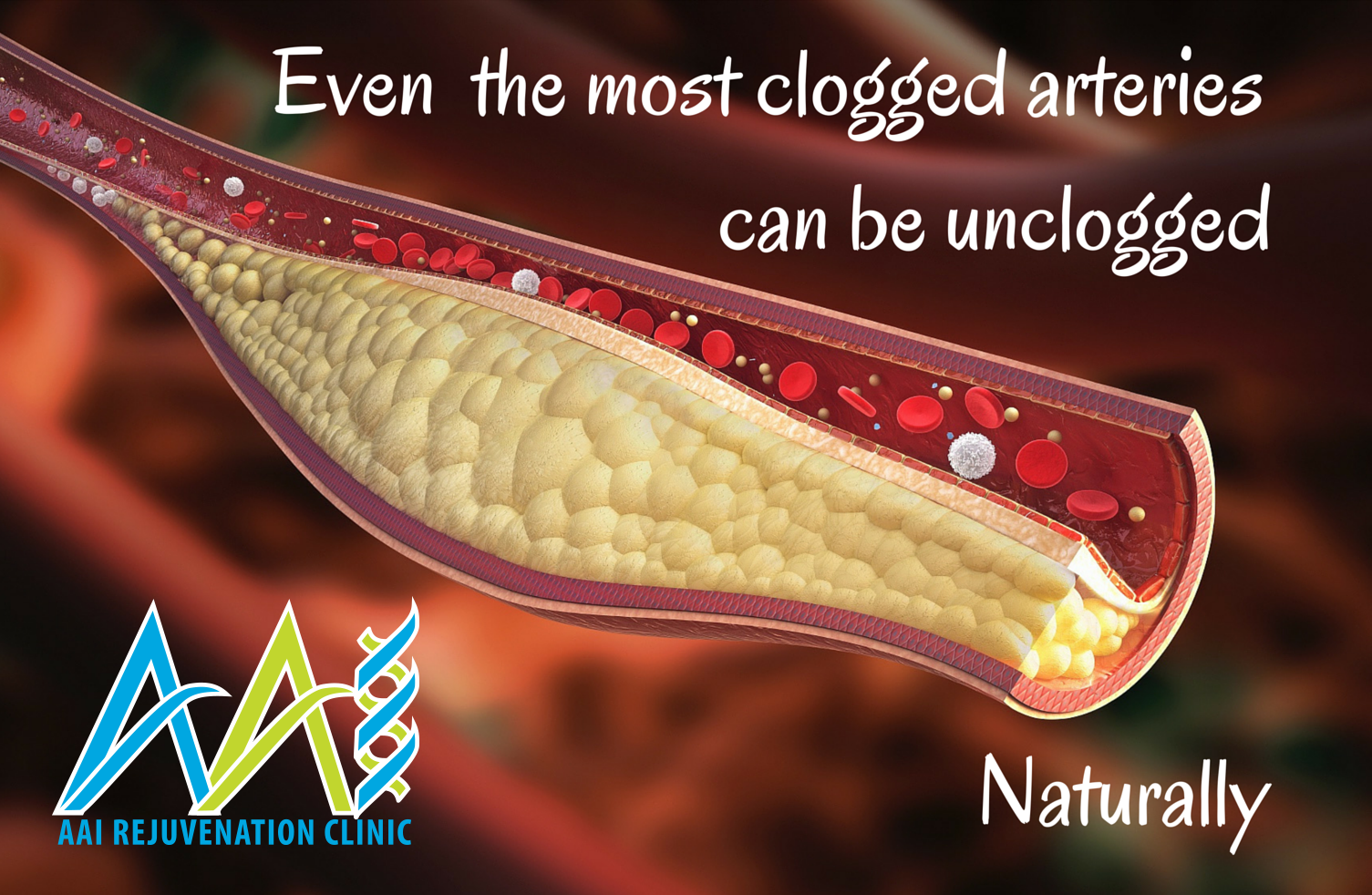
The formation of atherosclerotic plaques starts already in adolescence. In its development, the plaque goes through several stages: lipid strip-lipid spot-lipid plaque.
In the first two stages, such damage is not clinically significant. The presence of indirect signs of atherosclerosis in the arteries in the form of plaques up to 20% stenosis is currently considered by the medical community as a natural evolution of aging, indicating vascular age.
The carotid arteries are no exception and, like other arteries, are susceptible to atherosclerotic damage. The proportion of atherosclerosis of the carotid arteries in the formation of ischemic stroke is at least 20%. I explain the following to my patients: the carotid arteries are visualized vessels, by the state of which we can indirectly judge the state of the vessels of the heart.
Some anatomical data
Carotid arteries are the main pool of blood supply to the brain. These are paired arteries – the right and left common carotid arteries depart directly from the aorta. At the level of the fourth cervical vertebra, the common carotid arteries are divided into external and internal branches – this is the so-called area of bifurcation of the common carotid arteries.
At the level of the fourth cervical vertebra, the common carotid arteries are divided into external and internal branches – this is the so-called area of bifurcation of the common carotid arteries.
The internal carotid arteries supply blood to brain structures. Thus, the presence of atherosclerotic plaques in the lumen of the internal branches leads to a decrease in the volume and quality of cerebral blood flow. The diameter of the internal carotid arteries is 4-5 mm.
Today, medical science defines atherosclerotic plaque in the carotid arteries as a surrogate for ischemic stroke, but the relationship with coronary heart disease and myocardial infarction is not always direct.
Thus, a plaque that narrows the lumen of the internal carotid artery by less than 20% is not considered a prognostic sign of stroke.
Did you know that the risk of recurrent stroke in patients who have already suffered a transient ischemic attack or ischemic stroke is 3 times higher than in patients without such a history? That is why it is so important to prevent the development of the first stroke!
If the volume of the plaque exceeds 20% of the diameter of the artery, this increases the risk of adverse events and requires active medical intervention.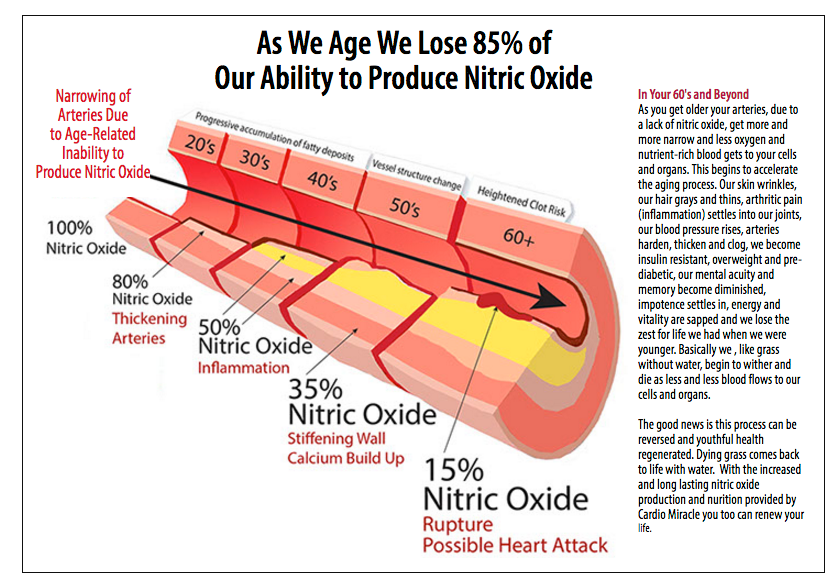 In any of us, small plaques can be detected in compromised areas of the vascular bed. Why? It’s all about the peculiarities of the blood flow in the places of bifurcation (branching) of the arteries, which becomes vortex, turbulent. And this is partly a variant of the norm (remember the vascular age?).
In any of us, small plaques can be detected in compromised areas of the vascular bed. Why? It’s all about the peculiarities of the blood flow in the places of bifurcation (branching) of the arteries, which becomes vortex, turbulent. And this is partly a variant of the norm (remember the vascular age?).
Symptoms of atherosclerosis
The presence of atherosclerotic plaque in the carotid arteries is manifested by various symptoms, the severity of which depends on the degree of narrowing: from tinnitus to transient ischemic attack and stroke. Carotid stenosis may be accompanied by symptoms of local damage to areas of the brain (for example, impaired motor function and memory loss, emotional imbalance) or damage to the organ of vision. Unfortunately, acute cerebrovascular accident is often the first symptom prompting the patient to be examined.
The progression of atherosclerosis of the carotid arteries occurs more rapidly at an older age, in patients with diabetes mellitus, high cholesterol, with arterial hypertension, more often in male smokers. The worst prognostic risk factors for carotid atherosclerosis are high blood pressure and lipid metabolism disorders.
The worst prognostic risk factors for carotid atherosclerosis are high blood pressure and lipid metabolism disorders.
When you see a cardiologist, during an objective examination, the doctor should auscultate the carotid arteries. Surprisingly, studies have been conducted that have found that the presence of only noise over the arteries of the neck doubles the risk of myocardial infarction and cardiovascular mortality. It is this fact that once again proves the systemic nature and multiplicity of lesions in atherosclerosis.
How can an atherosclerotic lesion of the carotid arteries be diagnosed?
- Carotid ultrasonography is considered a routine screening method for the diagnosis of carotid atherosclerosis, inexpensive, accessible and does not require expensive equipment.
- The “gold standard” of diagnostics is computed angiography of the carotid arteries.
- Carotid MRI
- Treatment of carotid artery pathology consists of two positions:
- Drug correction, including the mandatory prescription of aspirin, statins and adequate treatment of arterial hypertension and diabetes mellitus.

- Surgical correction when there is an indication for invasive intervention. There are 2 methods of surgical treatment – carotid endarterectomy (surgery using a heart-lung machine) or carotid artery stenting (minimally invasive procedure).
These methods of restoring vascular blood flow in the carotid arteries were compared: they were equivalent in terms of long-term prognosis and quality of treatment. The experience of performing stenting is not yet very large, but progressively growing.
Let’s take a closer look at each of them. Carotid endarterectomy is a more traumatic intervention and consists in a longitudinal dissection of the artery above the plaque localization site, its removal and the formation of a “patch” at this site. Stenting of the carotid arteries involves the introduction of a stent in the projection of the maximum symptomatic narrowing of the vessel with the restoration of its patency.
A doctor who recommends a particular treatment method to a patient weighs the pros and cons, since it has been scientifically proven that optimal drug therapy is not inferior in quality to invasive interventions.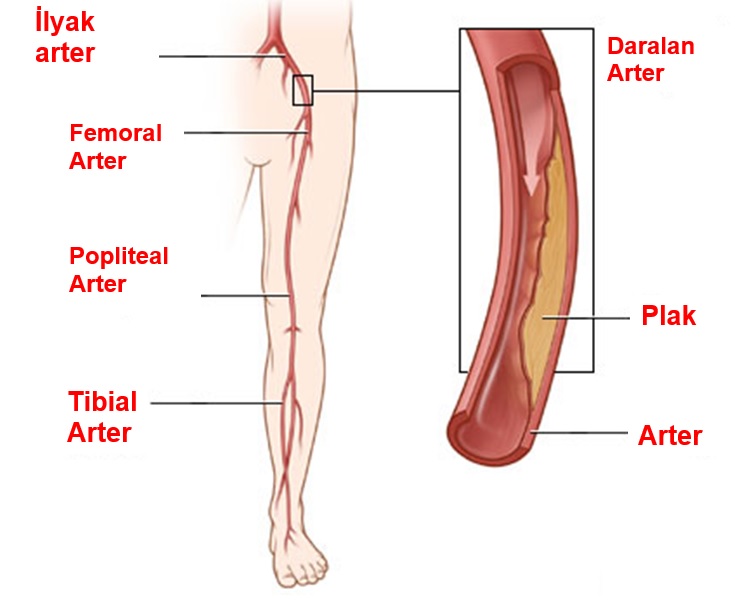 So, for example, in patients aged 40-75 years with asymptomatic lesions of the carotid arteries with a plaque size narrowing 60% of the vessel diameter, with a life expectancy of more than 5 years and a low surgical risk, a planned carotid endarterectomy is necessary. And, on the other hand, when the artery is completely closed (occluded), the tactics of optimal drug therapy will be correct.
So, for example, in patients aged 40-75 years with asymptomatic lesions of the carotid arteries with a plaque size narrowing 60% of the vessel diameter, with a life expectancy of more than 5 years and a low surgical risk, a planned carotid endarterectomy is necessary. And, on the other hand, when the artery is completely closed (occluded), the tactics of optimal drug therapy will be correct.
Surgical tactics is determined not only by the percentage of narrowing of the artery (at least 60% is considered critical), but by the patient’s condition and the fact of the presence or absence of a stroke.
It is important to remember the following: even in the case of surgical treatment, you need to continue medication, modify your lifestyle by quitting smoking, fighting physical inactivity and overweight!
As in the case of myocardial infarction, with atherosclerosis of the carotid arteries, the expression is true – without high cholesterol there is no atherosclerotic plaque.


